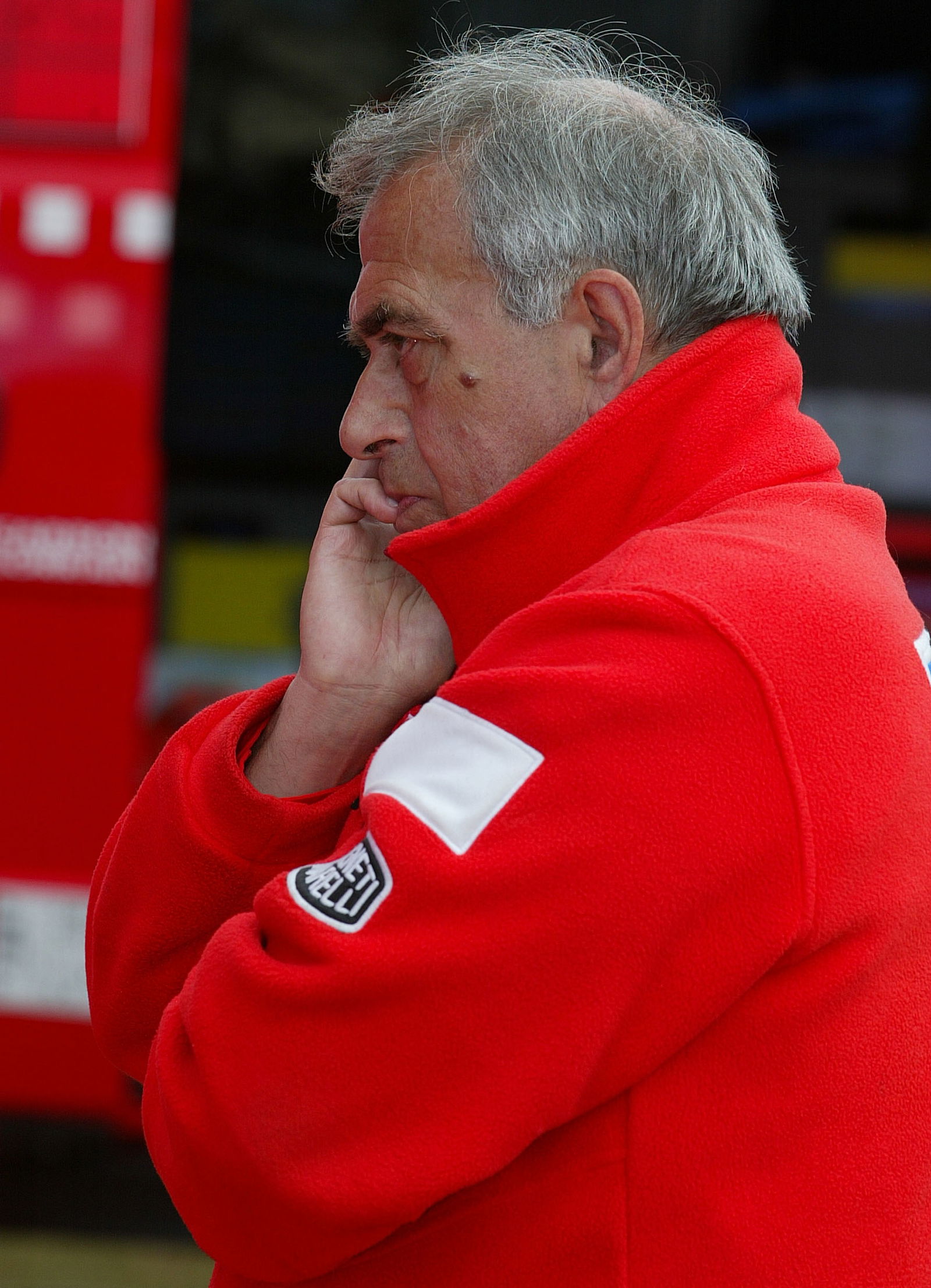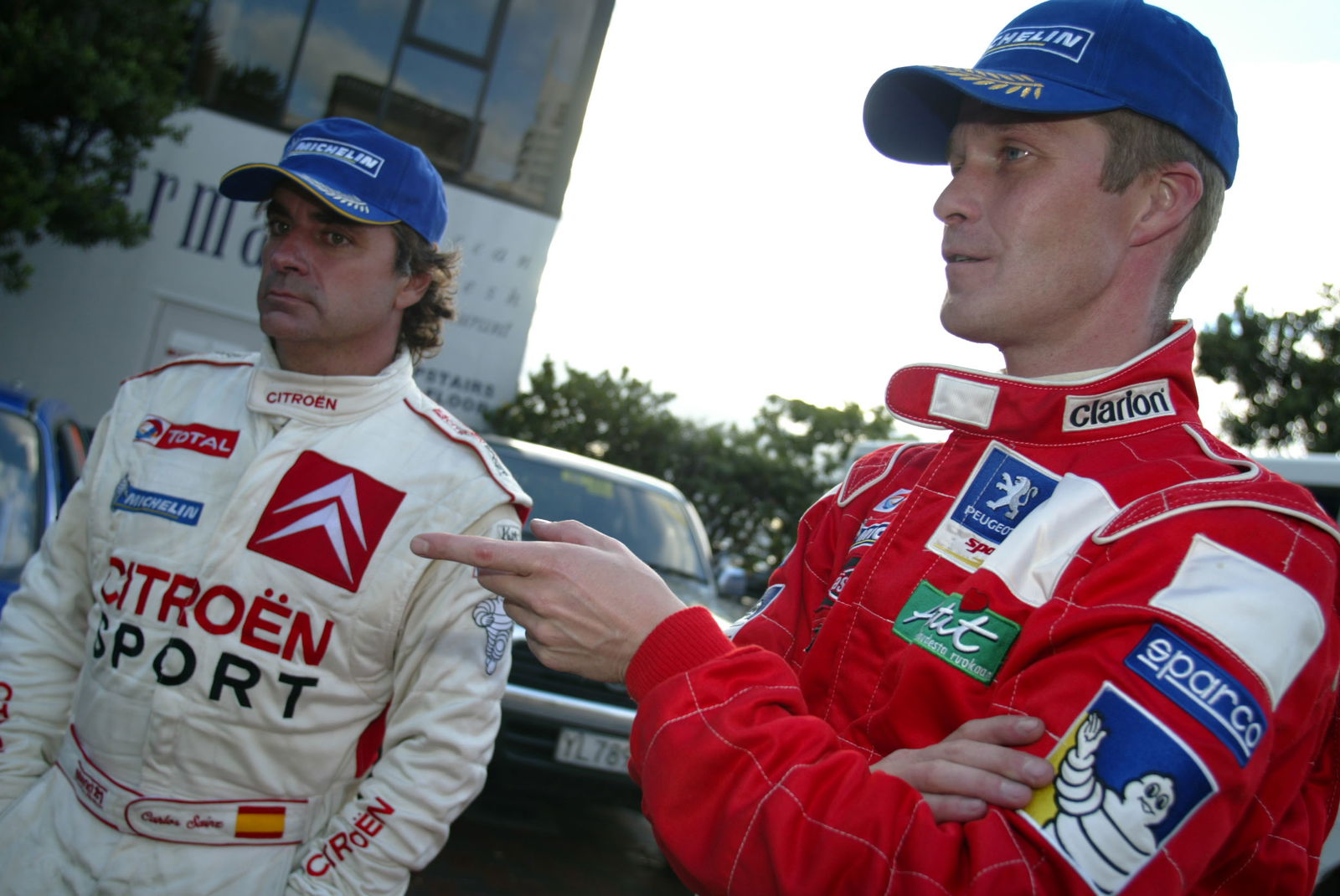Loeb: How to select Michelin tyres for Cyprus...
From mid-May to the end of June, the World Rally Championship will set up its base-camp in the eastern part of the Mediterranean for a sequence of three events reputed as the toughest of the calendar, for the drivers and their machines alike.
From Cyprus to Turkey via Greece, the predictable cocktail of searing heat and rocky mountain stages will place the emphasis very much on the notion of durable performance; a sort of marathon divided into three legs in which victory will depend as much on the qualities required for sprints as on faultless reliability.

From mid-May to the end of June, the World Rally Championship will set up its base-camp in the eastern part of the Mediterranean for a sequence of three events reputed as the toughest of the calendar, for the drivers and their machines alike.
From Cyprus to Turkey via Greece, the predictable cocktail of searing heat and rocky mountain stages will place the emphasis very much on the notion of durable performance; a sort of marathon divided into three legs in which victory will depend as much on the qualities required for sprints as on faultless reliability.
That goes for the cars, of course, but it also goes for the tyres, and Michelin - winner last year in both southern Turkey and the Acropolis Rally - has prepared particularly carefully for these three challenges. Beginning with Cyprus...
Previously perceived as a sort of 'fuse' in these conditions, tyres were effectively often the element that was seen to suffer from the terrible punishment to which they are exposed over this type of terrain. Today, however, the current generation of Michelin's range for aggressive stages and its resistance to wear have become key allies for the drivers when their mechanicals begin to feel the strain.
For although the Cyprus Rally might be the slowest round of the championship, it is also the rockiest and very often the hottest. Last year, when the event took place in June, ground temperatures exceeded 50?C and the number of retirements amongst the leaders soared. For Cyprus rookie Sebastien Loeb, it was a memorable first experience, yet the Citro?n driver stayed the distance to obtain a place on the final podium. This year, he is counting on his Michelin tyres to secure a more convincing result still...
"As far as tyres are concerned, the challenge is essentially to have a range of products capable of standing up to both the heat and the rocks," said Loeb, "We shall also be counting on Michelin's ATS system which allows us to continue at rally speed if we get a deflated tyre. The notion of outright performance must not be neglected, however. I was able to see for myself during my maiden participation in the Cyprus Rally last year that wear was not an issue; my Michelin tyres stood up to the punishment very well. So the main thing now is to develop tyres with more grip still.
"Citro?n - like many of its rival teams - nominated the Michelin Z and Michelin GW patterns for this event. The Michelin Z option is ideal when the stages are covered with a top-layer of gravel and stones and will most probably be used for the first attempt at the stages which are all run twice. According to the amount of loose that needs to be cleared, it will be possible to 're-cut' its pattern by hand with a view to optimising its clearance capacity. That said, excessive cutting could affect the tyre's resistance to wear, so it is necessary to find the best compromise.
"The most likely scenario is that we will switch to the more compact Michelin GW for the repeated loops since temperatures promise to be higher during the afternoon and we should benefit from a clearer line. But nothing is set in concrete: we could end up using the Michelin GW during the morning if the weather proves particularly hot, while the Michelin Z might go on for the second pass if the amount of gravel to be cleared is higher than anticipated.
"This year, all the drivers must register the compounds they wish to have for each event based on a maximum quota of ten times the number of tyre changes programmed during the weekend. For rallies that take place outside of Europe, this choice has to be registered more than three weeks ahead of the rally. For all the other rounds, including Cyprus, lists must be communicated to the FIA by the Monday preceding the start.
"It is naturally easier to choose your quota four days before the start than 3 1/2 weeks before, as was the case for the recent Mexico and New Zealand Rallies. The shorter lead-time makes weather patterns much more predictable. That said, there shouldn't be many big surprises in Cyprus where the likelihood of rain is pretty low, although not totally out of the question.
"Indeed, the 'weather' factor promises to be less complicated in principle in Cyprus than for the season's three asphalt rallies. In Germany, Corsica and Spain, we will still be able to wait until the Monday before the start to register our choices. However, the conditions are traditionally harder to predict on these events. The compromise between dry weather and rain on the one hand and between hot temperatures and cold weather on the other could prove difficult to find..."

